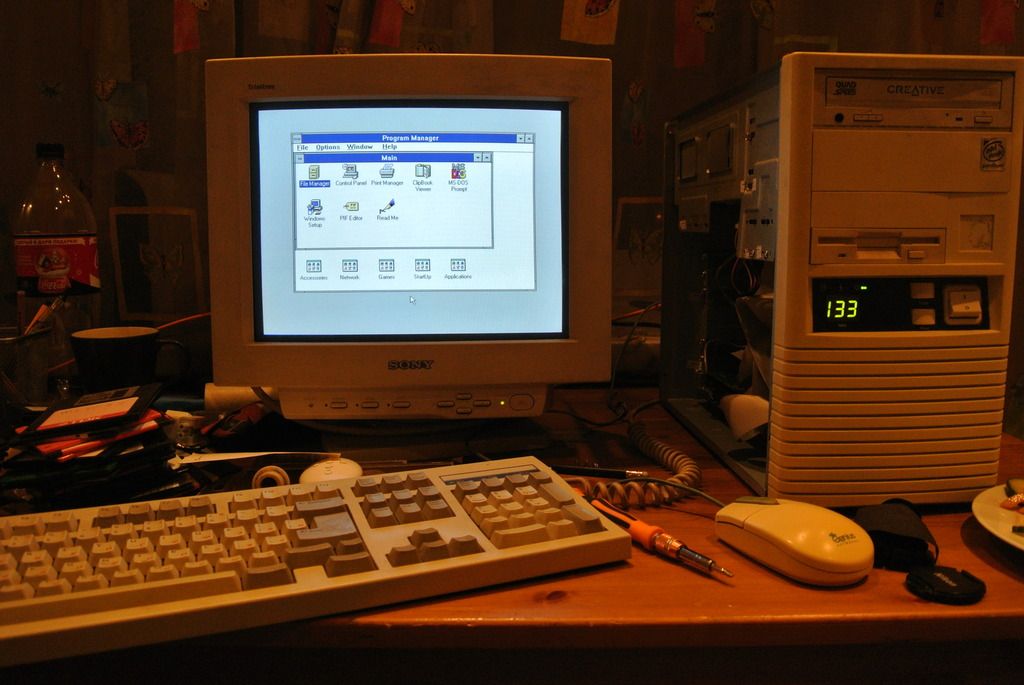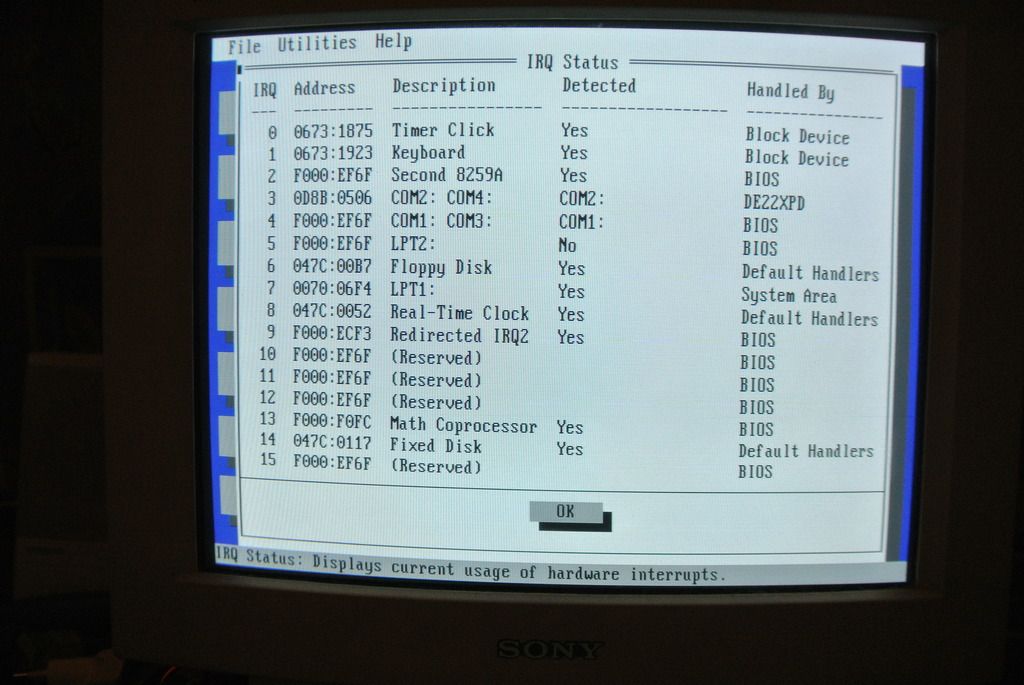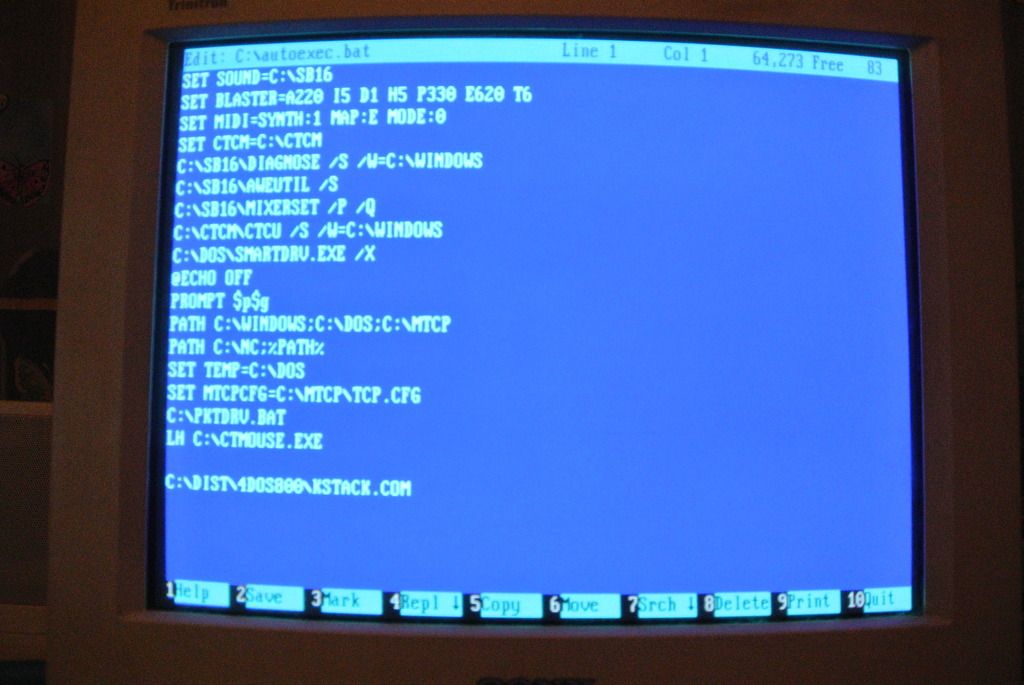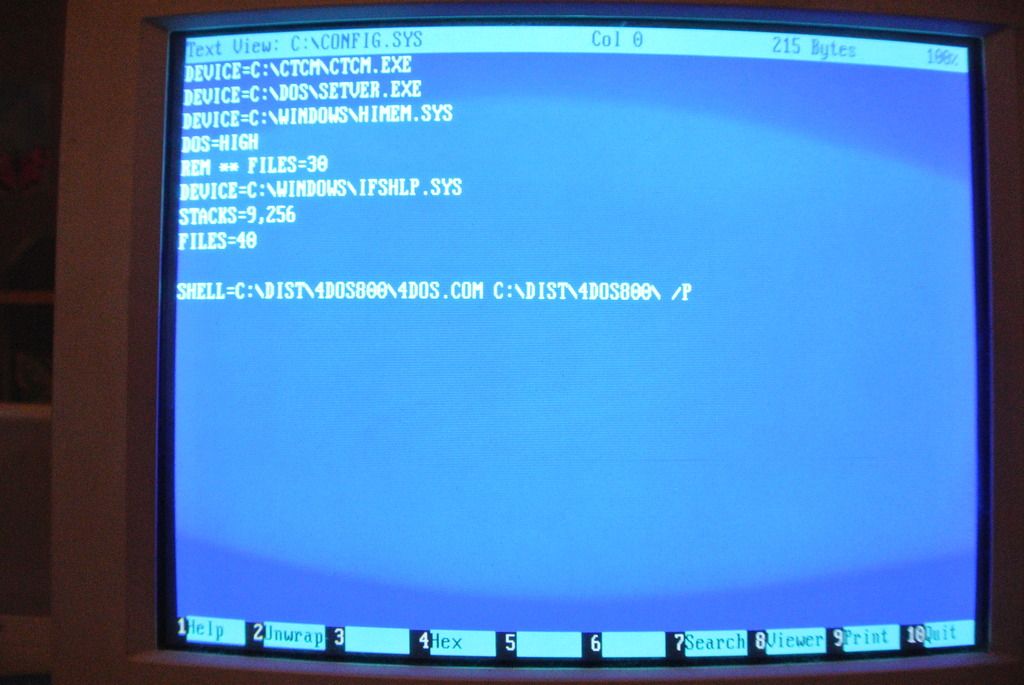Reply 20 of 57, by yawetaG
wrote:wrote:Do you have another HDD you can try? Compaq is one of those manufacturers that is somewhat notorious for using hardware that will only work in their own systems...
ATM I'm trying to get the floppy drive to work, the HDDs are disconnected. However, the disk didn't come with a Compaq, it's just a Quantum Fireball 2.5 disk that I got with another non-branded Pentium machine.
What capacity is the drive and from when is it? Depending on the VLB controller, the maximum capacity that it can access can be as low as 528 Mb, although that should not mean it can't actually detect the drive - combined with the floppy disk issues and the other issues it sounds more like a problem with either the controller or a problem with the motherboard. Could you try booting from the floppy disk drive with no video card inserted in the system? Unfortunately there are motherboards that have 2 or more VLB slots but that won't run properly with more than one VLB card...
Regarding the VLB issue, the problem usually only occurs at bus speeds above 33 MHz. Have you tried the other hard disk modes on the controller?
I've tried all the hard disk modes listed in the leaflet I posted above.
5x86 should be working at 4x33 by default. The CPU is identified as DX4-100 at the moment. I can't run the benchmarks, but even if it somehow works at 100 MHz now, it should be 3x33 anyways.
With some boards it's possible to select 2x50 (likely not stable)...
What does that DIY voltage regulator plug into? I see it sits right next to one of the VLB slots...





